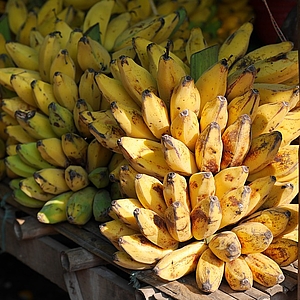Conducting this priority assessment produced estimated economic benefits for the different research options. At the same time, we computed other performance indicators such as area and number of beneficiaries that will likely be impacted by the research (by region) and the expected reduction in poverty. These results will be useful to help guide research investment decisions by RTB, individual CGIAR Centers and national research and development programs. In addition, conducting this priority assessment and doing so as a team with a harmonized approach and methodology across crops has been a great learning opportunity and generated many productive exchanges.
Based on this experience and the results of the banana priority assessment, we want to share a number of lessons learned. We anticipate that these lessons can improve the efficiency and quality of subsequent similar efforts. Click on the following items to find out more.




